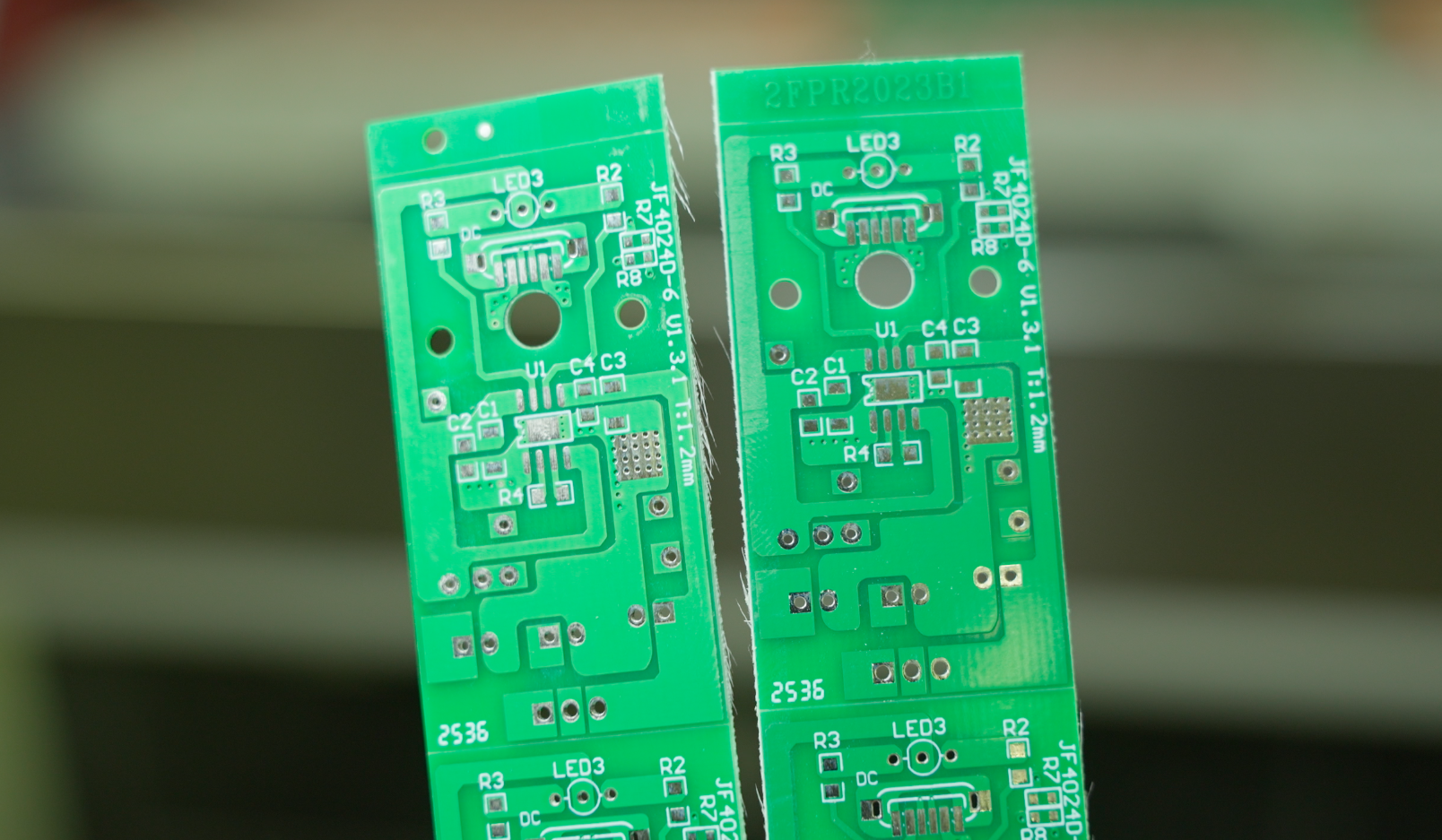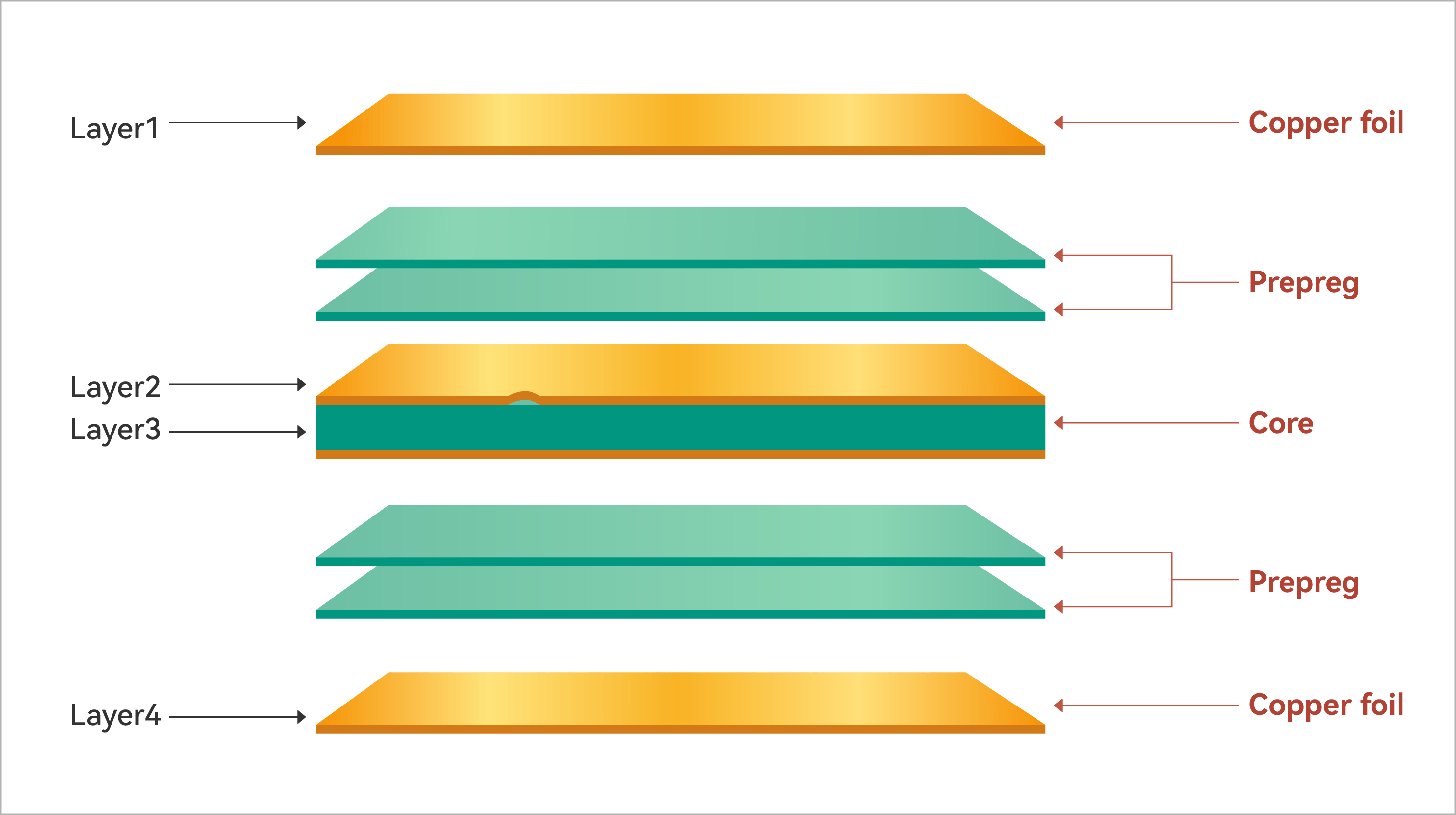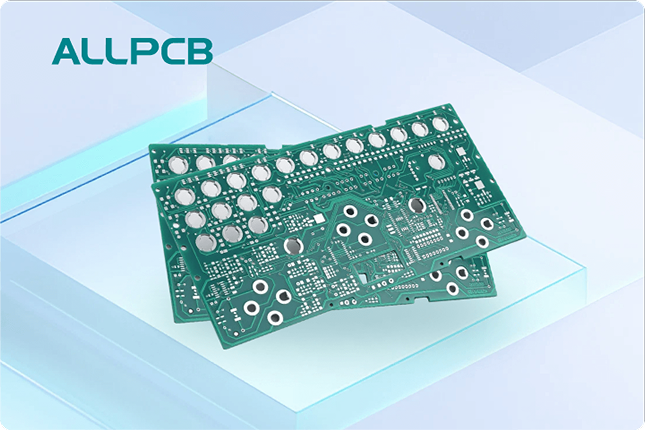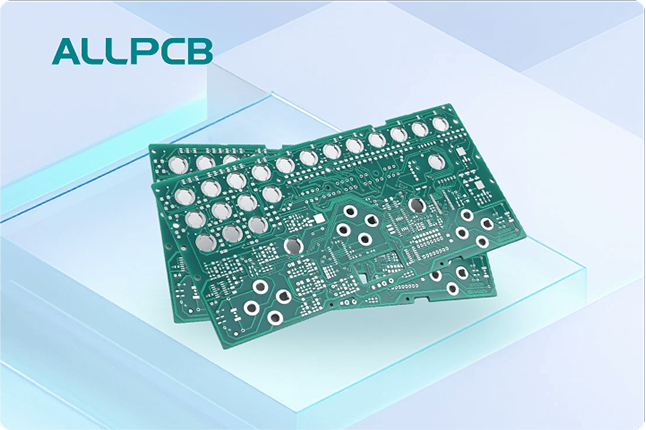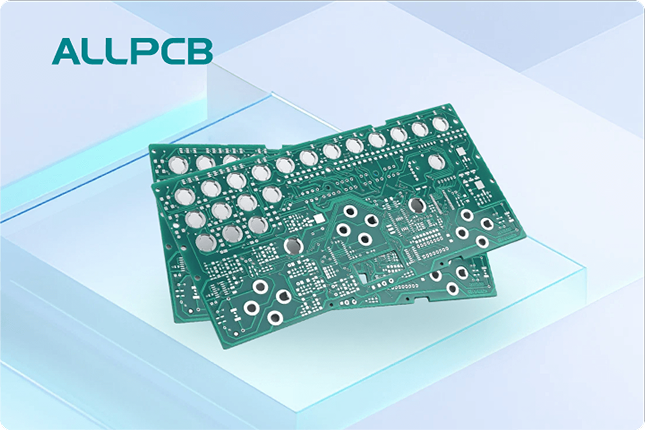In the fast-paced world of electronics, ensuring that every device works flawlessly is a top priority. This is where Design for Test (DFT) comes into play. DFT is a set of design techniques used to make testing electronic circuits and systems easier and more effective. By incorporating DFT into the design process, engineers can detect manufacturing defects, improve product reliability, and save time and costs. In this blog, we’ll break down the DFT process, explore DFT benefits, highlight DFT tools, provide DFT examples, and explain the DFT importance in creating reliable electronics.
What is Design for Test (DFT) and Why Does It Matter?
Design for Test, often abbreviated as DFT, refers to specific design strategies applied during the development of electronic circuits to simplify the testing process. The main goal of DFT is to ensure that any defects in manufacturing or assembly can be identified and addressed before the product reaches the end user. Whether it's a smartphone, a medical device, or an industrial controller, DFT helps guarantee that electronics perform as intended.
The importance of DFT cannot be overstated. As electronic devices become more complex with millions of transistors packed into tiny chips, testing for faults becomes increasingly challenging. Without DFT, identifying a single defective component in a densely packed circuit board could take hours or even days, driving up costs and delaying production. By embedding testability into the design, DFT reduces these challenges, ensuring faster fault detection and higher product quality.
The DFT Process: A Step-by-Step Guide
The DFT process involves several key steps that are integrated into the design and manufacturing workflow. Below, we’ll walk through each stage to give you a clear understanding of how DFT is implemented.
1. Planning for Testability
The DFT process begins during the initial design phase. Engineers analyze the circuit's architecture to identify areas where faults are likely to occur, such as high-density interconnects or critical signal paths. They then plan how to add test structures, like test points or scan chains, to make fault detection easier. For instance, in a digital circuit with a clock speed of 1 GHz, ensuring signal integrity at test points is crucial to avoid false readings.
2. Adding Test Structures
Once the planning is complete, specific test structures are incorporated into the design. Common techniques include adding scan chains, which allow internal circuit states to be read and tested, and built-in self-test (BIST) circuits that can run diagnostics automatically. These structures act like checkpoints, enabling engineers to verify functionality at various stages of production.
3. Simulation and Validation
Before manufacturing begins, the design undergoes simulation to ensure that the added test structures work as intended. Engineers use specialized software to simulate fault conditions, such as a short circuit with an impedance of less than 1 ohm, and check if the DFT features can detect them. This step helps catch potential issues early, reducing costly redesigns.
4. Manufacturing and Testing
During manufacturing, automated test equipment (ATE) uses the DFT features to run tests on the fabricated circuits. These tests check for defects like open circuits, shorts, or incorrect signal timing. For example, a test might measure a signal delay of 5 nanoseconds against an expected value of 3 nanoseconds to identify timing faults. DFT ensures that these tests are quick and accurate, minimizing production delays.
5. Diagnosis and Repair
If a fault is detected, DFT structures help pinpoint the exact location of the issue. This diagnostic capability is vital for complex designs where manually tracing a fault could take hours. Once identified, the defective component can be repaired or replaced, ensuring the final product meets quality standards.
Key DFT Benefits for Electronics Development
Implementing DFT offers numerous advantages for engineers and manufacturers. Here are some of the most significant DFT benefits that make it a cornerstone of modern electronics design.
Improved Fault Detection
DFT significantly enhances the ability to detect manufacturing defects early in the production cycle. By providing access to internal circuit nodes through test points, engineers can achieve test coverage of over 90% in many cases, ensuring that even minor issues are caught before they become major problems.
Reduced Testing Costs
Without DFT, testing complex circuits can be time-consuming and expensive. DFT reduces the time spent on a tester by simplifying test procedures and enabling automation. This can cut testing costs by up to 30%, depending on the complexity of the design.
Faster Time-to-Market
By streamlining the testing process, DFT helps bring products to market faster. For instance, a design with effective DFT structures might reduce testing time from several days to just a few hours, allowing manufacturers to meet tight deadlines without compromising quality.
Enhanced Product Reliability
Products that undergo thorough testing thanks to DFT are less likely to fail in the field. This reliability is critical for industries like automotive and healthcare, where a single failure can have serious consequences. DFT ensures that devices operate consistently, building trust with end users.
Better Yield and Profitability
Identifying and fixing defects early in the manufacturing process improves overall yield—the percentage of usable units produced. Higher yields mean less waste and greater profitability, making DFT a smart investment for any electronics project.
Essential DFT Tools for Effective Testing
To implement DFT successfully, engineers rely on a variety of specialized tools. These DFT tools assist in designing, simulating, and testing circuits to ensure maximum testability. Below are some commonly used tools and their roles in the DFT workflow.
Electronic Design Automation (EDA) Software
EDA software is used to design and simulate circuits with DFT features. These tools allow engineers to insert test structures, run fault simulations, and verify test coverage. They are essential for identifying potential issues before manufacturing begins.
Automatic Test Pattern Generation (ATPG)
ATPG tools generate test patterns to detect faults in a circuit. These patterns are applied during testing to check for issues like stuck-at faults, where a signal is stuck at a high (1) or low (0) state. ATPG ensures comprehensive fault coverage with minimal test time.
Built-In Self-Test (BIST) Generators
BIST generators create logic within the circuit that allows it to test itself. This is particularly useful for field testing, where external test equipment may not be available. BIST is often used in memory chips to check for errors at speeds exceeding 500 MHz.
Fault Simulation Tools
These tools simulate various fault conditions to evaluate the effectiveness of DFT structures. For example, they might simulate a short circuit with a resistance of 0.5 ohms to see if the test structures can detect it. This helps engineers refine their designs for better testability.
DFT Examples in Real-World Applications
To better understand how DFT works in practice, let’s look at a few DFT examples across different industries. These cases highlight how DFT contributes to reliable electronics in everyday products.
Consumer Electronics: Smartphones
In smartphones, DFT is used to test the millions of transistors in the processor chip. Scan chains are added to the design, allowing engineers to test internal logic at speeds up to 2 GHz. This ensures that the chip functions correctly before it’s assembled into the final device, preventing costly recalls.
Automotive Systems: Engine Control Units
Engine control units (ECUs) in vehicles rely on DFT to ensure reliability under harsh conditions. BIST circuits are often embedded to run diagnostics on critical components, detecting faults like signal delays of over 10 nanoseconds. This helps maintain safety and performance on the road.
Medical Devices: Pacemakers
In life-critical devices like pacemakers, DFT is essential for guaranteeing fault-free operation. Test points are strategically placed to monitor signal integrity, ensuring that output voltages remain within a safe range of 2.5 to 3.3 volts. DFT helps save lives by ensuring these devices work without fail.
The DFT Importance in Electronics Design
The DFT importance in electronics design lies in its ability to bridge the gap between complex designs and reliable products. As circuits shrink to nanoscale dimensions—with feature sizes as small as 5 nanometers—traditional testing methods become impractical. DFT addresses this by making testing manageable, even for the most intricate designs.
Moreover, DFT is crucial for meeting industry standards and regulations. Many sectors, such as aerospace and healthcare, require rigorous testing to comply with safety guidelines. DFT ensures that these standards are met without inflating costs or timelines. It also plays a key role in scaling production; as manufacturers produce millions of units, DFT helps maintain consistent quality across every batch.
Finally, DFT supports innovation. By reducing the risks associated with new designs, it allows engineers to experiment with cutting-edge technologies without worrying about untestable failures. In a world where electronics are at the heart of everything, DFT is the backbone that keeps them running smoothly.
Challenges in Implementing DFT and How to Overcome Them
While DFT offers immense benefits, it’s not without challenges. One common issue is the added design complexity; incorporating test structures can increase the chip area by 5-10%, raising costs. To mitigate this, engineers can prioritize critical areas for DFT and use shared test resources to minimize overhead.
Another challenge is balancing test coverage with performance. Overloading a design with test features can slow down signal speeds, especially in high-frequency applications above 1 GHz. Careful planning and simulation during the design phase can help strike the right balance, ensuring that DFT enhances rather than hinders performance.
Conclusion: Embracing DFT for Better Electronics
Design for Test is a game-changer in the world of electronics, ensuring that every device—from smartphones to life-saving medical equipment—operates reliably. By understanding the DFT process, leveraging DFT tools, and recognizing DFT benefits, engineers can create products that meet the highest standards of quality. The DFT importance lies in its ability to simplify testing, reduce costs, and improve yield, making it an indispensable part of modern design.
Whether you’re designing a simple circuit board or a complex integrated chip, incorporating DFT from the start can save time, money, and headaches down the line. As technology continues to evolve, DFT will remain a critical tool for building the reliable electronics of tomorrow.
 ALLPCB
ALLPCB


